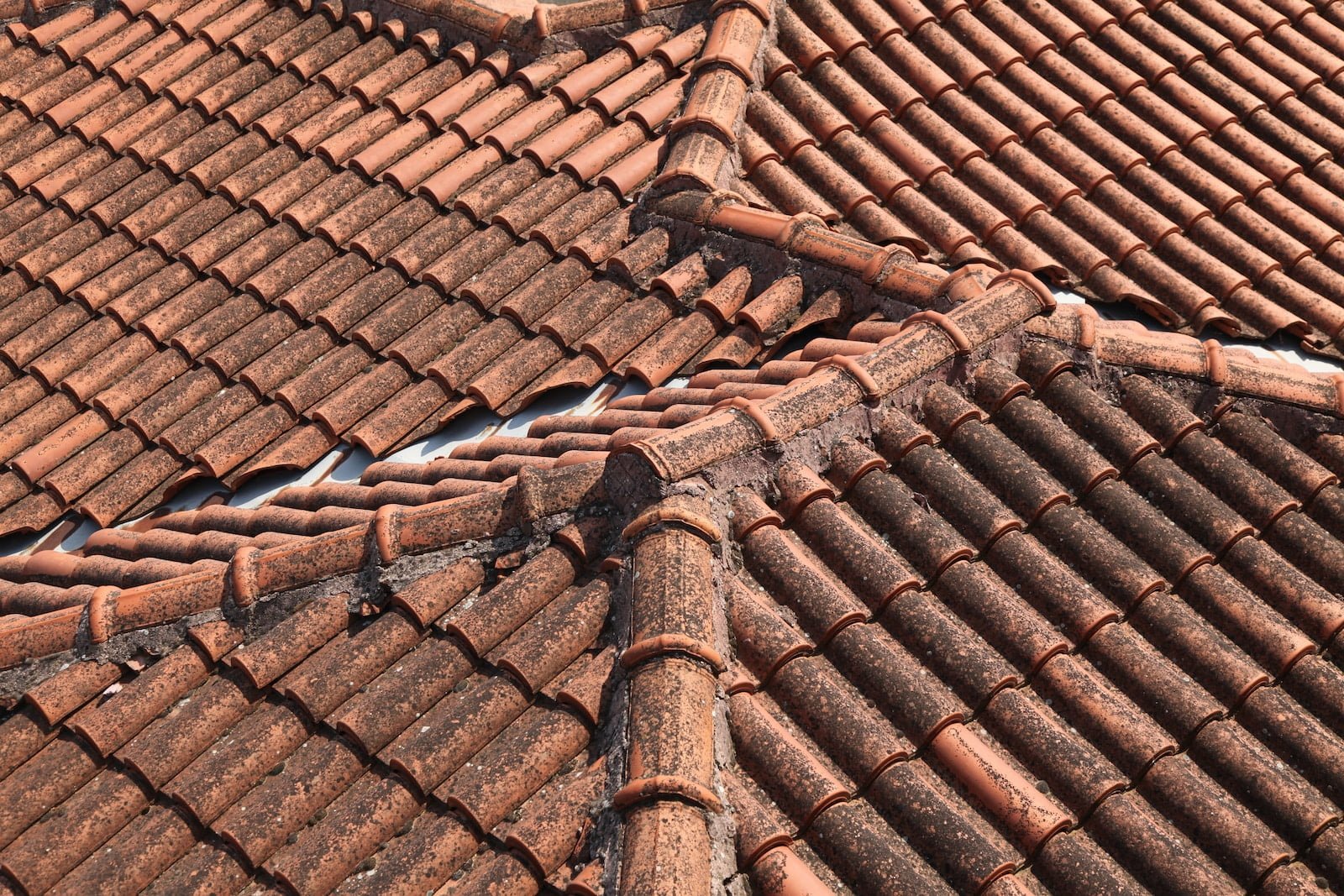All About Living Roofs: A Guide to the Eco-Friendly Trend
What Is a Living Roof? A living roof, also known as a green roof, is a roofing system that is covered in vegetation. This type of roof is becoming increasingly popular due to the numerous benefits it provides. Living roofs can improve air quality, reduce energy costs, and even increase the lifespan of a roof. There are various types of living roofs, each with their own unique characteristics and benefits. In this article, we will explore the definition, benefits, and types of living roofs.
Living roofs have been around for centuries, but they have recently gained popularity as cities become more densely populated and green space becomes scarce. A living roof can be installed on a variety of buildings, from residential homes to commercial buildings. The vegetation on a living roof can range from simple grasses to more complex gardens with trees, shrubs, and flowers.
The benefits of living roofs are numerous. They can reduce the amount of stormwater runoff, which can help prevent flooding and erosion. Living roofs can also improve air quality by absorbing carbon dioxide and other pollutants. Additionally, they can reduce energy costs by providing insulation and reducing the amount of heat absorbed by the building.
There are several types of living roofs, including extensive, intensive, and semi-intensive. Extensive living roofs are the most common and are typically covered in low-growing vegetation. Intensive living roofs are more complex and can support larger plants and even trees. Semi-intensive living roofs are a combination of the two.
In conclusion, living roofs are an innovative and eco-friendly roofing system that offer numerous benefits. They can improve air quality, reduce energy costs, and even increase the lifespan of a roof. With various types to choose from, living roofs can be customized to fit the needs of any building.
Tips and Techniques for Designing and Installing a Living Roof
When designing and installing a living roof, it is important to consider the weight of the soil and plants. The roof structure must be able to support the added weight, so it is recommended to consult with a structural engineer. Drainage is also a key factor to consider. The roof must be designed with proper drainage to prevent water from accumulating and causing damage to the structure.
Another important aspect is selecting the right plants for your living roof. Native plants are a great choice as they are adapted to the local climate and require less maintenance. It is also important to choose plants that are drought-resistant and can tolerate extreme temperatures. When selecting plants, consider their growth habits and choose those that will not grow too tall or spread too much, as this can lead to problems with the roof structure.
When it comes to installation, it is recommended to hire a professional with experience in living roof installation. The process involves several steps, including adding a waterproof membrane, installing a drainage layer, adding a growing medium, and planting the vegetation. It is important to follow the manufacturer’s instructions for each product used and to ensure that all layers are properly installed to prevent leaks and other issues.
Overall, designing and installing a living roof requires careful planning and attention to detail. By considering the weight of the soil and plants, selecting the right vegetation, and hiring a professional for installation, you can create a beautiful and sustainable living roof that will provide numerous benefits for years to come.
Maintaining a Living Roof: Dos and Don’ts for Long-Term Sustainability
Once you have installed a living roof, it is essential to maintain it properly to ensure its long-term sustainability. Here are some dos and don’ts to keep in mind:
Do regularly inspect your living roof to check for any damage or signs of wear and tear. This will help you catch any issues early on and prevent them from becoming bigger problems down the line. Do also remove any debris, such as fallen leaves or branches, from the roof surface to prevent clogging of the drainage system.
Don’t use harsh chemicals or pesticides on your living roof. These can harm the plants and the ecosystem of the roof. Instead, use natural methods to control pests and weeds, such as introducing beneficial insects or manually removing weeds. Don’t also walk on the roof unnecessarily, as this can damage the plants and soil.
Do water your living roof regularly, especially during hot and dry weather. However, make sure not to overwater it, as this can lead to waterlogging and root rot. Do also fertilize your living roof with organic, slow-release fertilizers to provide the plants with the nutrients they need to grow and thrive.
By following these dos and don’ts, you can ensure that your living roof remains healthy and sustainable for years to come.
Positive Impact on Climate Change
Living roofs have a positive impact on climate change by reducing the urban heat island effect. This effect occurs when cities become significantly warmer than surrounding rural areas due to the absorption and retention of heat in the built environment. Living roofs help to counteract this effect by providing a natural cooling system. The plants on the roof absorb and evaporate water, which cools the air around them. This process reduces the demand for air conditioning, which in turn reduces energy consumption and greenhouse gas emissions. Additionally, living roofs help to reduce stormwater runoff and improve air quality by absorbing pollutants.
Positive Impact on Biodiversity
Living roofs also have a positive impact on biodiversity by providing a habitat for plants and animals that would not otherwise be present in urban areas. The plants on the roof attract insects, birds, and other wildlife, which in turn attract larger predators. This creates a mini-ecosystem that can help to support local biodiversity. Additionally, living roofs can be designed to include specific plant species that are native to the area, which can help to support local ecosystems. By providing a habitat for plants and animals, living roofs help to create a more sustainable and resilient urban environment.
Examples of Living Roofs Around the World: Inspiring Projects and Success Stories
One of the most impressive living roofs in the world is the California Academy of Sciences in San Francisco. This building has a 2.5-acre green roof that is home to over 1.7 million plants from 600 different species. The green roof not only provides insulation to the building but also helps to reduce stormwater runoff and provides a habitat for local wildlife. Another inspiring project is the Vancouver Convention Centre in Canada, which has a six-acre living roof that is the largest of its kind in North America. The roof is home to over 400,000 plants and provides a habitat for 60 different species of birds.
In Singapore, the Gardens by the Bay is a popular attraction that features two large conservatories with living roofs. The Flower Dome has a living roof that is home to various Mediterranean plants, while the Cloud Forest has a living roof that mimics a mountainous landscape and is home to various tropical plants. These living roofs not only provide insulation but also help to regulate the temperature and humidity within the conservatories.
Other notable living roofs around the world include the roof of the Chicago City Hall, which has a 20,000 square foot garden that provides fresh produce for the building’s cafeteria, and the green roof of the Nanyang Technological University in Singapore, which is the largest living roof in the city-state and provides insulation and a habitat for local wildlife.
These inspiring projects and success stories show the potential of living roofs to provide numerous benefits, from reducing energy consumption to providing habitats for wildlife. As more cities and buildings embrace the concept of green roofs, we can expect to see even more innovative and inspiring examples around the world.

